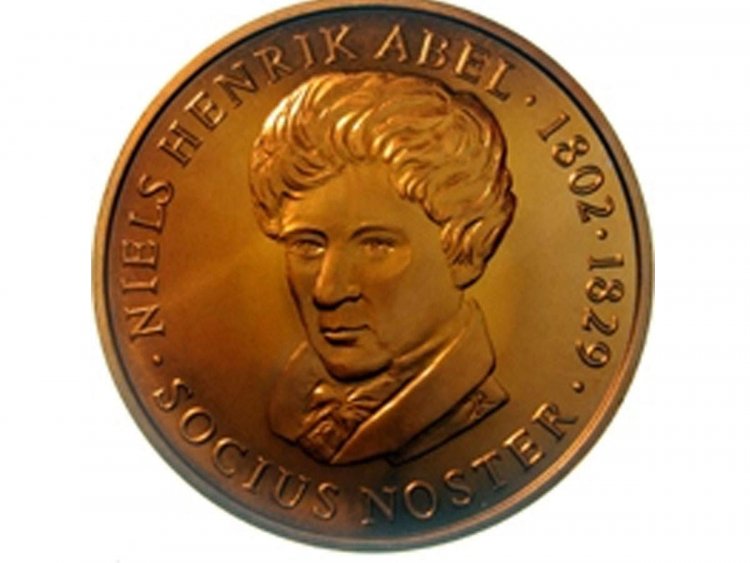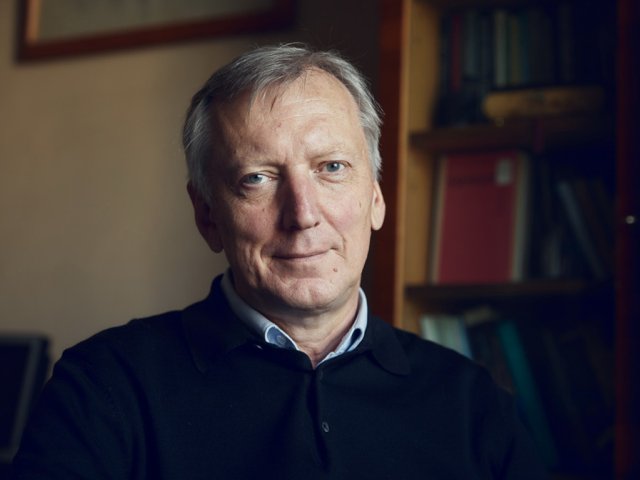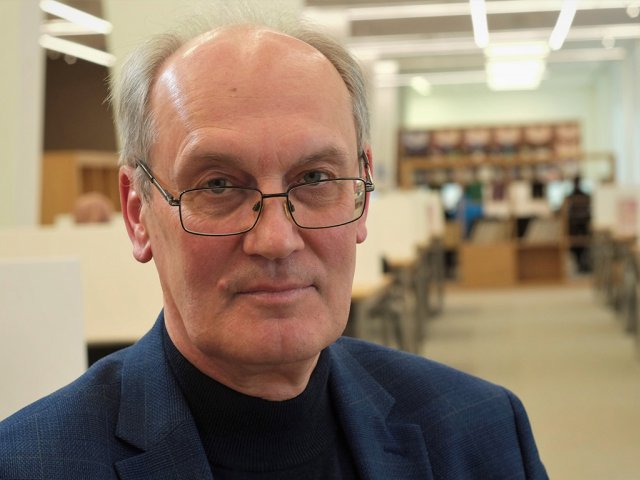On September 27, 2002, the Norwegian Government established the Abel Prize for mathematics
These days, some outstanding mathematicians make breakthrough discoveries, too. And someday there will be articles about them on popular scientific sites, saying that they laid the foundations of a new science or its separate direction. Such scientists become the recipients of the Abel Prize, named after the Norwegian mathematician Niels Henrik Abel.
The prize was established by the Norwegian government in 2002, and in 2003 it was awarded for the first time. In addition to pride, honor, and respect, the recipients are also awarded a cash prize – 6 million NOK. However, the prize has more than one goal to encourage great scientists. In addition, it serves another important task – to popularize science among young people, so immediately after the award ceremony, the laureate gives a lecture at one of Norwegian universities, and novice researchers can meet outstanding scientists in person.
The winners of the Abel Prize are carefully selected annually by a specially created international committee, which includes five mathematicians appointed by the International Mathematical Union and the European Mathematical Society. The award ceremony takes place in the same hall where the Nobel Peace Prize was awarded from 1947 to 1989 – the Atrium of the University of Oslo Faculty of Law. The winners receive their awards from the King of Norway. It is often compared to the Nobel Prize, only in mathematics. The prize is one of the most prestigious awards in the field of mathematics, along with the Fields Medal, and has a long history that began a hundred years before its establishment…
The Norwegian mathematician Sophus Lie was the first to suggest establishing the award when he learned that Alfred Nobel would not award his prize in mathematics. According to the plan, the first award presentation was to be held in 1902: in the year of the 100th birth anniversary of Niels Abel. The funding of the award was to be taken over by the King of Norway Oscar II, and the organizational tasks were solved by Norwegian mathematicians Ludwig Sylow and Karl Størmer. But soon Lie died, and no one picked up his idea of establishing the award. In addition, the Sweden-Norway union collapsed in 1905, so the award remained an unresolved problem. But this should not be the case in mathematics.
In 2000, they returned to it at a meeting between Abel’s biographer Arild Stubhaug and the then CEO of the Telenor concern Tormod Hermansen. Immediately, a group of mathematicians from the University of Oslo developed a proposal and presented it to the Prime Minister. A year later, the government allocated 200 million NOK (about 23 million USD) for the initial financing of the Abel Prize.
On January 1, 2002, the Niels Henrik Abel Memorial Fund was established, and it was announced that the prize would be awarded annually on the fund. The first award was presented on June 3, 2003. The winner was the French mathematician Jean-Pierre Serre. His research dealt with algebraic geometry, topology, and number theory. There are also Russian scientists among the laureates: in 2014, the prize was awarded to Yakov Sinai “for his fundamental contributions to dynamical systems, ergodic theory, and mathematical physics.”
Photo on the homepage: behance.net
Photo on the page: gezegende.com























